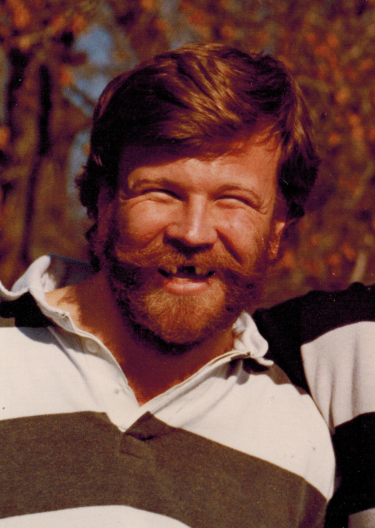Bio
My current work involves adapting the tools of complementarity problems from math programming in order to allow general-equilibrium models to endogenize features such as zero trade flows, heterogeneous firms and firm mode choices (e.g., exporting versus foreign production), and capacity constraints. Combining complementarity with non-homothetic preferences allows for choke income levels and choke prices for production sectors and trade flows.
Outside of academia, I served as a researcher and advisor during the mid-1980's for the McDonald Royal Commission in Canada, which laid the foundation for the US Canada free trade agreement. In the early 1990's, I worked with Mexican economists on the North American auto industry, attempting to estimate the effects of the (then) proposed North American free trade area (NAFTA) on the location of production and employment within North America. I also served as an advisor to the Danish Ministry of Trade and Industry on a variety of projects. The World Bank, the Brookings Institution, the Intra American Development Bank and the EU Commission are some of the other institutions that call occasionally. For fun and international travel, I have taught short courses in optimization and simulation modeling in a number of countries including Denmark, Sweden, Germany, Switzerland, Ukraine, Ireland, Russia, China, and Australia.
I am married to economist and economic historian Ann Carlos, a native of Ireland. As two academic economists, we continue to enjoy many international trips together. As many of our friends know, our son Daniel died in May 2010. Our son Peter is a law enforcement officer and we are greatly proud of his service. Peter and wife Shannon are the parents of our beloved grandson Daniel. Our daughter Hilary is a scientist and an associate professor at the University of Wisconsin, Madison. I remain an avid cyclist and enjoy rides with Hilary and Peter, scuba diving trips with Peter and Shannon, and skiing with all of them. Rugby days are long gone. I now have (implanted) front teeth and a lot less hair.



